After a year of successful missions, ISRO is preparing its next major communication satellite launch from Sriharikota. The CMS-03 will enhance India’s satellite capacity for telecom, broadcasting, and disaster-management services.
India’s space agency is gearing up for yet another milestone. The Indian Space Research Organisation (ISRO) has announced plans to launch CMS-03, its next-generation communication satellite, aboard the LVM-3 rocket in November. The mission underscores India’s growing self-reliance in high-capacity satellite technology and commercial launches.
Mission Overview: The Next Generation of Connectivity
Sriharikota, October 24 – The Indian Space Research Organisation’s steady cadence of launches continues as it targets the deployment of CMS-03, a heavy communication satellite built to deliver advanced telecom, broadcasting, and secure data-relay services across India and neighboring regions. ISRO Chairman Dr V. Narayanan confirmed on Thursday that final integration checks of the satellite bus and launch vehicle are underway at the Satish Dhawan Space Centre (SDSC)-SHAR in Sriharikota, Andhra Pradesh.
“The CMS-03 launch aboard LVM-3 will mark another step in augmenting India’s space-based communication infrastructure. It will strengthen both civilian and strategic networks.” — Dr V. Narayanan, Chairman, ISRO
CMS-03 belongs to the Communication Satellite Series, extending the legacy of the GSAT-class spacecraft. Designed to operate in C, Ku, and Ka bands, it will support a broad range of applications, from Direct-to-Home (DTH) broadcasting and broadband to emergency response links for the National Disaster Management Authority. The spacecraft, weighing roughly 4,400 kg, will be lofted into Geosynchronous Transfer Orbit by the LVM-3 M5 vehicle, ISRO’s most powerful operational launcher. After orbit-raising maneuvers, CMS-03 will settle in its final geostationary slot at 83° East, replacing aging capacity from earlier GSAT units. Design life is 14 years, with modular solar arrays and a high-throughput transponder suite that significantly improves data-relay efficiency over its predecessor.
LVM-3: India’s Heavy-Lift Workhorse
Formerly known as GSLV Mk-III, the LVM-3 has become ISRO’s trusted heavy-lift rocket following its roles in Chandrayaan-2 and Gaganyaan test missions. Standing 43 meters tall with a lift-off mass of about 640 tonnes, the three-stage vehicle features twin S200 solid boosters, an L110 liquid core, and a cryogenic upper stage (C25) powered by the indigenous CE-20 engine.
“The LVM-3 is our gateway to space commerce. It allows us to launch four-tonne class satellites domestically, cutting dependence on foreign providers.” — P. Sreekumar, Mission Director
This November mission will be ISRO’s sixth consecutive LVM-3 flight and the second this year under NewSpace India Limited’s commercial management. The operational tempo reflects growing domestic and international confidence in India’s heavy-lift capability for high-value payloads and rideshare opportunities.
Strategic and Commercial Significance
CMS-03 will primarily enhance domestic communications but also signals India’s widening global footprint in the satellite-launch market. By proving LVM-3’s reliability for heavy, complex payloads, ISRO positions India as a competitive provider in a sector valued at hundreds of billions of dollars worldwide. The satellite’s advanced beam-forming technology is expected to help rural connectivity programs under Digital India 2.0, providing last-mile broadband for schools, clinics, and government service points in underserved regions.
“LVM-3 is not just a rocket; it is a symbol of strategic autonomy. Each successful flight means more leverage in space diplomacy and private-sector contracts.” — Dr Arvind Rao, Analyst, IDSA
Technical Upgrades in CMS-03
- High-Throughput Payload: Over 150 Gbps total capacity using spot-beam architecture and flexible channelization.
- Ka-band Uplink and Downlink: Higher spectrum efficiency and lower terminal sizes for satellite internet.
- Onboard AI Systems: Predictive fault detection and autonomous resource management to reduce downtime.
- Radiation-Hardened Components: Enhanced resilience during solar storms and in the South Atlantic Anomaly.
- Inter-Satellite Link Module (provisioned): Future compatibility for LEO-to-GEO relay with secure optical crosslinks.
“This satellite exemplifies India’s shift from basic communication payloads to intelligent, software-defined satellites that can be reconfigured in orbit.” — Dr Meenakshi Krishnan, Project Director, CMS-03
India’s Expanding Space Economy
The CMS-03 launch aligns with India’s ambition to triple its space-sector share by 2030. Policy reforms that ease foreign investment, combined with a vibrant private ecosystem, are accelerating innovation. Startups such as Skyroot Aerospace and Agnikul Cosmos are developing launch services, while a rising cadre of suppliers build flight-grade components for spacecraft and ground systems.
NewSpace India Limited has described the mission as a showcase of public-private synergy. Nearly 30 percent of CMS-03 components, including solar panels, structural composites, propellant valves, and avionics housings, were sourced from Indian SMEs under the Make in Space initiative. The effort diversifies supply chains and spreads aerospace manufacturing expertise across multiple industrial clusters.
Global Cooperation and Collaboration
ISRO is exploring co-use arrangements with Southeast Asian partners for transponder leasing. Regional broadcasters and government agencies in countries such as Sri Lanka and Myanmar could benefit from the expanded footprint. Technical collaborations continue with long-standing partners: CNES has supported telemetry calibration, while the European Space Agency has extended tracking and ground-station support for the orbit-raising phase. These partnerships underscore India’s reputation as a responsible and reliable space power.
Safety Protocols and Mission Readiness
The final launch rehearsal week begins November 3, including cryogenic fueling checks, simulated countdowns, and flight readiness reviews. Mission Control at SDSC-SHAR has reported no anomalies. Weather windows between November 12 and 17 have been earmarked, with backup slots into early December. More than 20 tracking stations, from Port Blair to Mauritius and Biak in Indonesia, will coordinate downrange telemetry and acquisition of signal during critical phases.
Voices from the Scientific Community
“For decades, our satellites supported television and telephony. Now they enable precision agriculture, e-governance, tele-education, and fintech delivery. CMS-03 ensures continuity in that digital revolution.” — Dr K. Radhakrishnan, Former ISRO Chairman
“We grew up watching Chandrayaan; now we are part of the next communication leap. It is surreal to see our signatures etched inside a satellite bound for orbit.” — Neha Basu, Integration Engineer, UR Rao Satellite Centre
Impact on Everyday India
- Tele-education: High-capacity links connecting rural classrooms to digital content and remote teachers.
- Tele-medicine: Secure video consultations and diagnostics for remote healthcare centers.
- Disaster Management: Resilient communications for NDMA and state agencies when terrestrial networks fail.
- Maritime and Aviation Safety: Wider Indian Ocean coverage for navigation alerts and SatNav augmentation.
- Secure Networks: Dedicated bandwidth for defense and coastal security communications.
With its broad footprint, CMS-03 will support mission-critical bandwidth from the Himalayas to island territories, ensuring continuity of services in challenging terrain and weather conditions.
Challenges and Engineering Precision
Orbital insertion accuracy is the mission’s most delicate task. The LVM-3 must place CMS-03 into a 170 × 35,800 km transfer orbit with tight error margins. Post-launch, ISRO will execute three apogee-raising burns and station-keeping maneuvers to circularize at 35,786 km and drift to 83° East. Mission planners will conserve propellant to extend in-orbit life beyond the 14-year design target.
“Each burn is like threading a needle in space. We are optimizing guidance profiles to save propellant and add at least two years to satellite life.” — Anil Nair, Chief Flight Dynamics Officer
A Milestone Year for ISRO
The 2025 calendar has already marked notable achievements: the Aditya-L1 mission crossed mid-course to L1, the Gaganyaan test module validated its crew escape system, and PSLV-C62 deployed a cluster of foreign satellites. CMS-03 is set to cap a productive year and pave the way for crewed spaceflight milestones and an indigenous regional satellite internet architecture now on the drawing board.
Economic Ripples
India’s satellite-based internet market could reach tens of thousands of crores by 2030, with government programs like BharatNet expanding high-speed connectivity to 250,000 gram panchayats. Additional GEO capacity will also relieve congestion on existing beams, improving quality for enterprise VPNs, cloud access in Tier-3 towns, and 5G backhaul in remote towers. Investors have taken note, with aerospace-linked PSUs and suppliers drawing increased attention following ISRO’s schedule confirmation.
International Recognition
“CMS-03 and LVM-3 embody what is best about Indian engineering — ambition and precision.” — Bill Nelson, NASA Administrator
International media have described the upcoming launch as a quiet revolution in space communications. For India, the mission amplifies autonomy over satellite bandwidth, reducing exposure to price and availability swings in foreign markets.
Environmental Considerations
ISRO has adopted green-propellant management practices to minimize hazardous waste. Updated fueling protocols reduce cryogenic venting, and the C25 stage is slated for a controlled de-orbit maneuver to limit long-lived debris. End-of-life plans include moving CMS-03 to a compliant graveyard orbit with passivation of remaining propellants, in line with international debris mitigation guidelines.
Countdown to Launch
As final assembly proceeds, technicians in clean rooms verify harness connections while control teams run simulation marathons. The Bay of Bengal’s retreating monsoon leaves scattered stratocumulus over the range, an apt backdrop for India’s next leap. For the brief minutes of powered ascent, years of design reviews, machining, software checks, and quality audits converge in a precisely choreographed sequence.
“Every countdown unites thousands of us across centers. For 20 minutes of flight, we live two years of preparation.” — Preeti Menon, Mission Controller
Key Data: CMS-03 and LVM-3 at a Glance
| Parameter | CMS-03 | LVM-3 M5 |
|---|---|---|
| Mission Type | High-throughput communication satellite (C/Ku/Ka) | Heavy-lift GTO launcher |
| Mass/Height | ~4,400 kg (spacecraft) | 43 m tall; ~640 t lift-off mass |
| Power/Capacity | >10 kW bus; >150 Gbps total capacity | S200 solids; L110 core; C25 cryo with CE-20 |
| Orbit/Lifespan | GEO at 83°E; 14 years design life | GTO injection; precision guidance for low-dispersion drop-off |
Timeline: Integration to In-Orbit Operations
| Phase | Date/Year | Milestone |
|---|---|---|
| I | Oct–Nov 2025 | Final integration at SDSC-SHAR; launch rehearsal week begins Nov 3 |
| II | Nov 12–17, 2025 (window) | LVM-3 M5 launch to GTO; acquisition by downrange stations |
| III | +10 to +20 days post-launch | Apogee burns; GEO circularization; drift and station acquisition at 83°E |
What to Watch Next
- Final Flight Readiness Review outcomes and confirmed T-0 within the weather window.
- Performance of CE-20 cryogenic stage and guidance dispersion during GTO insertion.
- On-orbit testing of flexible payload configuration and spot-beam handover stability.
- Announcements on regional capacity leasing and Digital India backhaul activation timelines.
Conclusion: Connecting the Nation, Empowering the Future
CMS-03 represents more than a satellite; it is a commitment to connect every Indian to the digital mainstream with dependable, high-capacity infrastructure. When the CE-20 ignites and LVM-3 climbs over the Bay of Bengal, the ascent will symbolize the quiet confidence that now defines India’s space program. With each mission, ISRO blends precision engineering with public purpose, strengthening communication lifelines that serve classrooms, clinics, ships at sea, and responders on the front lines. The countdown is more than a clock; it is a measure of how fast the future is arriving.




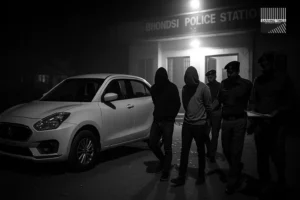
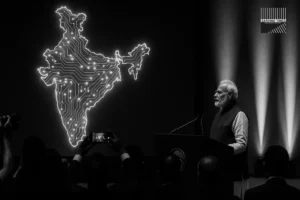

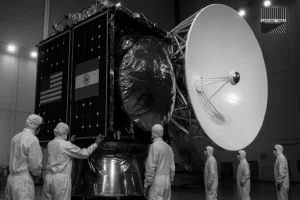











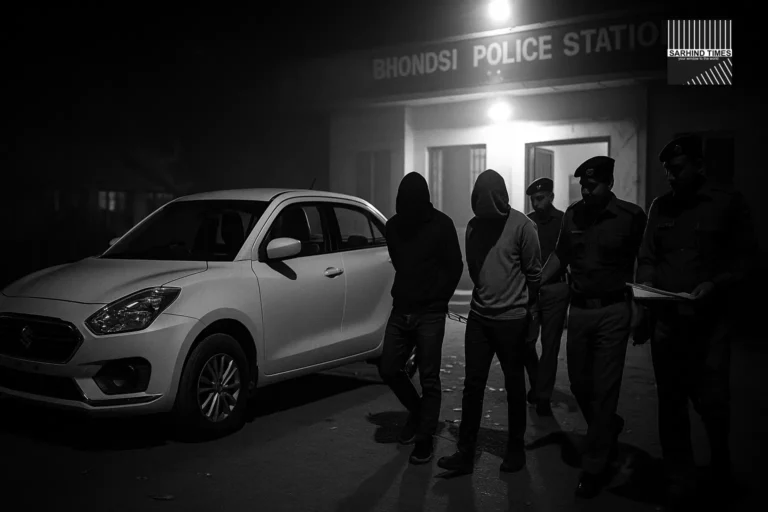
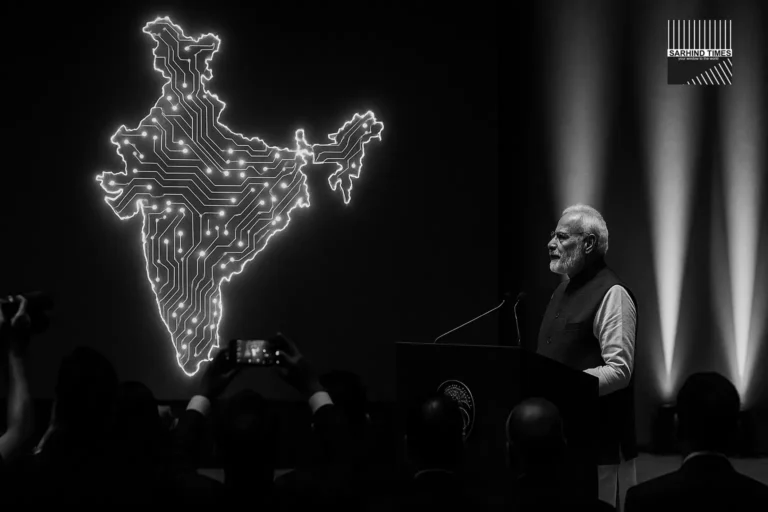

+ There are no comments
Add yours